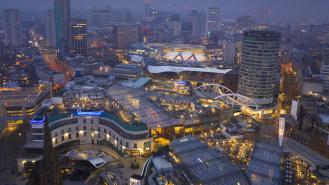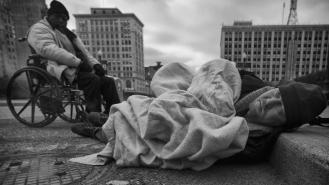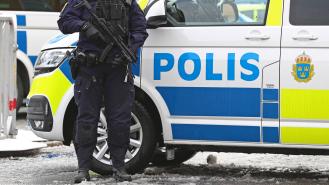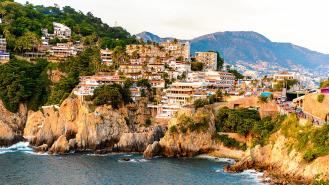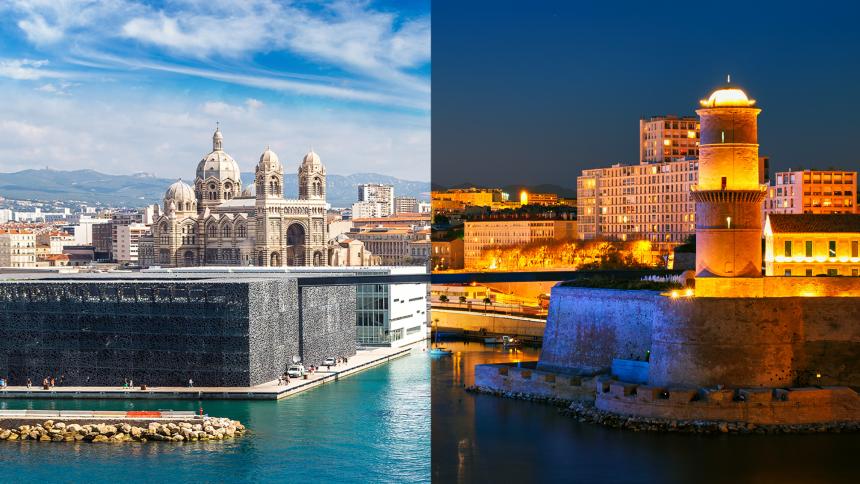
The most dangerous cities to live in Europe
Not long ago we explored the most dangerous cities to live in the UK here at Crime+Investigation. The results were as interesting as they were surprising. So we thought we’d broaden the scope out a little and explore the rest of Europe.
The results came from a special survey that we had commissioned which asked residents of major metropolitan areas to rate how safe they felt the city in which they lived was. This time, we’ve delved into a few pre-existing indexes and collated a list of five of Europe’s most dangerous cities.
The results aren’t quite as quantifiable but what we are able to do here, by cherry-picking some of the more interesting places, is employ a number of different metrics. In other words, the following cities don’t all just appear because of their residents’ opinions and feelings on safety. We’ve been able to consider things such as crime and murder rates, civil unrest, war, terrorist attacks and the slightly more hidden - but still serious - dangers that stem from organised crime.
That’s not to say that any of the following cities are hell holes to be avoided, far from it. In fact, some of these places are the most vibrant, exciting, beautiful and fun places in Europe. Each has its dark side, however.
All we say is, if you ever visit… forewarned is forearmed.
Marseille, France
In terms of terrorism, France has seen more attacks in recent history than any other Western European nation. Despite atrocities in cities such as Nice, the focal point is usually the nation’s capital. So many Marseillais would argue that Paris is currently the most dangerous place in La Gaule. And they may have a point.
If we widen the picture a little and consider more than just terrorism, if we look at crime as well, Marseille comes more sharply into view. This is no denigration of the city or its proud history of welcoming immigrants from across the world. If anything, Marseille could argue to having been made something of a scapegoat by the country. An out-of-favour younger sibling that gets the blame for everything.
Port cities like Marseille attract immigration. They also attract drug traffickers. Penniless refugees and large crime networks result in criminal exploitation. Marseille has found itself susceptible to this, much like its European peers Liverpool and Naples have.
Let’s be clear, aside from the usual risk of being mugged or pickpocketed that exists in any city, this southern French city poses no special risk to tourists. But for the poor young men living there? The drugs trade is often unavoidable. For them, it can be a very dangerous place indeed.
Historically known as both Byzantium and Constantinople, the huge ancient city of Istanbul is Turkey's largest and most important hub - culturally and economically. It’s also one of the most exciting and beautiful places on Earth. None of which can totally obscure the fact that the place can be a perilous prospect.
Let’s not be hyperbolic. Istanbul is generally quite safe for more switched-on tourists. Crime isn’t a major issue there. Terrorism is, though. Muslim extremists and Kurdish separatists are known to target Turkey and Istanbul, in particular. The UK Home Office's Foreign travel advice elaborates:
'Attacks could be indiscriminate, affecting public buildings, major events or large public gatherings. Be vigilant around significant religious occasions and public holidays; terrorist groups sometimes call for attacks around these times.’
‘Previous methods of attack have included armed assaults, suicide bombings, car bombings, rocket attacks, arson and improvised explosive devices left in refuse bins, crowded areas, shops and on public transport.'
Mitrovica, Kosovo
Few things make a city as dicey to be in as an ethnic riot. The war in Kosovo officially ended in 1999, but for many living there, real peace will never be achieved.
The disputed territory of Kosovo declared itself independent from Serbia in 2008 and quickly gained diplomatic recognition as a sovereign country. Something the Albanians that live there celebrated. Serbs in Kosovo, however, were less pleased.
Pristina may be the capital, but given that its population is 98% Albanian, it’s pretty peaceful. Mitrovica, on the other hand, hosts both Albanians and Serbs. The animosity is such that the city’s effectively been split in half, by a river and bridge, to ease tensions. Generally, it works. Generally... but not always.
Corruption and organised crime in the city don’t help, but it really is the sporadic ethnic riots which can break out on occasion that make Mitrovica something of a risky place to spend time.
In Russian, the word ‘Grozny’ translates as ‘menacing’. And that’s no coincidence.
Being the capital of the Chechan Republic, Grozny was never likely to be a peaceful little dot on the map. The past decades have seen serious warfare decimate the city and make it easily one of the more unsafe places in Europe. At one point, at the height of the Chechan Rebellion in the early 1990’s, near constant shelling, bombing and missile attacks from Russia saw the city’s infrastructure nearly collapse.
Russia soon quelled the uprising, but pockets of dissidents remained and fighting continued, albeit in a more underground and scattergun manner. Recent years have seen relative peace, but Grozny continues to be a dangerous place to live or visit.
The hangover from the war sees many living is destitution, something which leads to desperation and crime. The Russian mafia’s stranglehold on the place has seen countless criminal and political murders since the turn of the century too. Put it this way, Grozny’s no place for a summer holiday.
Kaunas, Lithuania...?
If the metric you prefer for working out how dangerous somewhere is is its murder rate, then you’ll want to swerve Lithuania’s second city. In 2017, Kaunas had a murder rate of 5.4 per 100,000, putting it top of the European city leaderboard.
Don't worry too much, though. To put that into some kind of perspective for you... That's less than 10% of the deadliest American city's murder rate. In 2018, St. Louis in Missouri had a murder rate of 60.9 for every 100,000 people.
Kaunas is actually really rather safe, despite topping the murder rate table. In fact, Europe as a whole is extremely safe. Both when compared to large swathes of the rest of the world and in actual terms.
For a more close-to-home look at dangerous places, read our feature on dicey British cities here. And for an international view on dangerous cities, check out our article about global crime rates.
